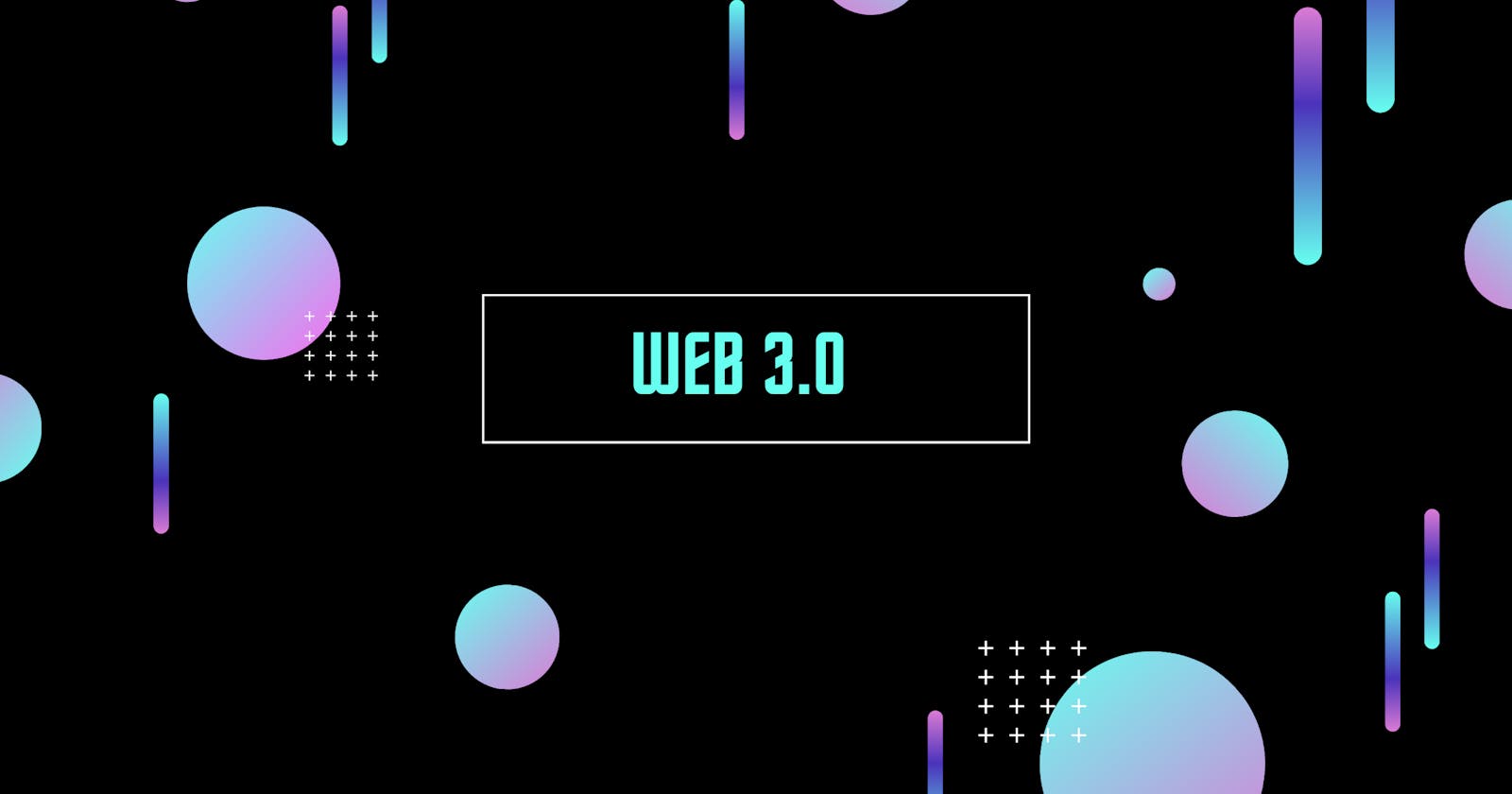Table of contents
- Web 3 is a term we've all been hearing a lot recently, with cryptocurrencies hitting the mainstream and NFTs taking the art world by storm.
- To understand Web 3, we need to go back to the 1990s.
- These shiny new features allowed us to do much more.
- The centralized control of such a valuable resource is dangerous.
- Web3 relies on Blockchain technology, a worldwide ledger built with users' computers.
- We're closer than ever to a world where people can be truly free, a world where anyone can access the flow of money no matter who they are.
Web 3 is a term we've all been hearing a lot recently, with cryptocurrencies hitting the mainstream and NFTs taking the art world by storm.
But what exactly is Web 3.0? Is it just another hype train meant to sweep away people's attention and money or, are we towards a more fair and free internet? Web 1.0:
To understand Web 3, we need to go back to the 1990s.
At this stage, the internet was in its infancy. Websites were nothing but static documents linked together. But as computing costs came down and the daily web user numbers grew, companies began looking at the internet as a business opportunity. Web 2.0:
These events all lead us to the internet we all know and depend on today. In web 2.0, websites started relying more and more on user-generated content. Now we can like, comment, share, upload and, delete content. We all have accounts on different platforms to communicate with our loved ones.
These shiny new features allowed us to do much more.
Education, business, stock-trading and, entertainment are now accessible to anyone with an internet connection. But all this convenience comes at a massive cost. Every interaction we have in the digital world creates data, And every online company you rely on collects all that information to store and use for their gain.
Companies like Meta and Google have created the worlds' most sophisticated information monopoly. Using the data they've gathered on billions of people to influence everything from politics to science.
The centralized control of such a valuable resource is dangerous.
Corporations have the freedom to de-platform users, experiment on individuals and, censor or boost information.
That's what we signed up for when we accepted the terms and conditions.
But what exactly is Web3?
Web3 is an enhancement and improvement of what we have today, with the main difference being decentralization. Instead of databases and servers owned by corporations, data will live on Blockchain technology. These differences allow anyone the power to send and receive payments, create content, and use the internet without business or government manipulation.
In this system, we will have control of our data. Gone are the days of relying on companies to send money, host websites, and communicate with your friends.
Signing in to websites won't require you to have an email, password, and third-party account. Corporations will no longer decide who gets to use their platform and who doesn't. How Web 3 works.
Web3 relies on Blockchain technology, a worldwide ledger built with users' computers.
Each user will have a copy of the ledger on their device, allowing them to verify and vote on transactions themselves. This ledger allows for Peer to Peer transactions and communications, all with no middle-man.
Typically a user will install a browser extension such as Metamask and create a wallet.
Each wallet comes with 1 Private key and many Public keys. Public keys are unique identifiers used to receive money, similar to an email address. Private keys verify transactions, so nobody with your public key sends money without your knowledge. (Remember it's private, keep it secret)
When you visit a Decentralized app, you will sign in with your Metamask plugin. You can join DAOs (decentralized autonomous organizations), a new type of corporation that allows anyone to vote or govern if they hold the companies' tokens. Conclusions.
We're closer than ever to a world where people can be truly free, a world where anyone can access the flow of money no matter who they are.
If you're interested in learning more about this topic, check out the links below.

